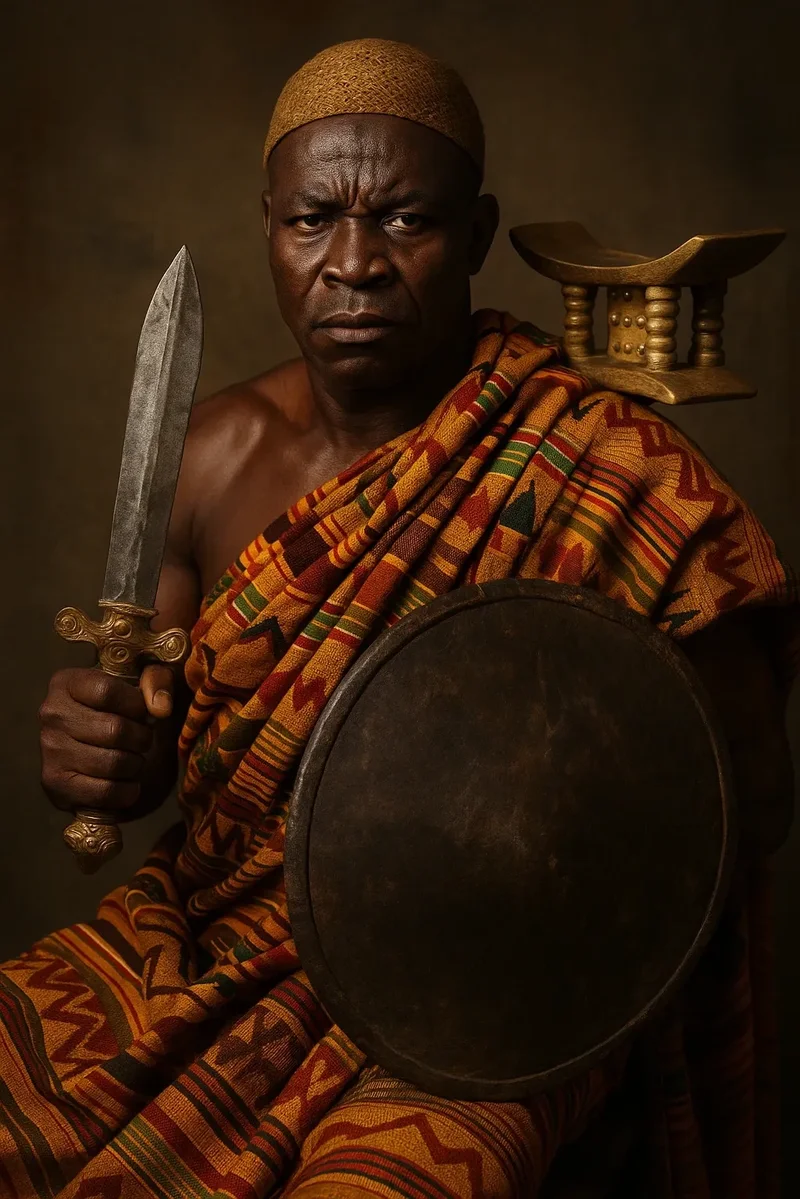Shim’on
Shim’on – 𐤔𐤌𐤏𐤍
Meaning in Paleo: “Heard.” The name reflects Ya’aqob and Leah’s acknowledgment that YaHU’aH heard her affliction and granted her another son—testifying that the Source listens to the cries of His people.
Ya’aqob’s Prophetic Word (Barashiyth):
Shim’on and Lewi are brothers; instruments of cruelty are in their dwelling place. Let my soul not enter into their council; let not my esteem be united with their assembly. For in their anger they slew a man, and in their self-will they hamstrung an ox. Cursed be their anger, for it is fierce; and their wrath, for it is cruel. I will divide them in Yashar’al and scatter them in Yashar’al.
Moshah’s Barakah (Dabarim):
Shim’on’s name is not individually mentioned in the list of Barakah in Dabarim 33, but it is understood that his portion was joined with Yahudah’s territory. Through Yahudah’s inheritance, Shim’on’s lineage was preserved, showing that though scattered, YaHU’aH remembered him within the covenant family.

Tribal Valor and Covenant Symbols: Ashanti / Ngoni (Ghana, Zambia)
Tribe of Shim’on (Simeon)
Associated with the Ashanti people of Ghana and the Ngoni tribes of Zambia, Malawi, and Mozambique, Shim’on is prophetically described with a nature that blends zealous protection and righteous intensity.
“Shim’on and Lewi are brethren; instruments of cruelty are in their habitations.”
This passage is not merely about physical violence — it conveys a fierce protective spirit, especially when provoked by unrighteousness. The Ashanti Empire (1701–1901) embodied this prophecy in its sophisticated military structure, powerful governance, and legendary resistance to colonial subjugation. During the famed Wars of the Golden Stool, the Ashanti showed unwavering defiance against British imperialism, revealing the tribal trait of unyielding loyalty.
At the center of Ashanti spiritual life is the Golden Stool — a sacred symbol said to have descended from the heavens.
It represents the soul of the Ashanti nation, much like the Ark of the Covenant represented the presence of YaHU’aH among the people of ancient Yashar’al. This stool is not merely an artifact — it is a covenant symbol, an embodiment of tribal unity, divine reverence, and national soul.
Though the transatlantic slave trade ripped away an estimated 500,000 Ashanti, the spirit of Shim’on — intense, devoted, and fiercely protective — could not be broken. This enduring trait is also reflected in the Ngoni, a warrior offshoot of the Zulu lineage who migrated northward and established dominant military rule in Zambia, Malawi, and Tanzania. Their aggressive expansion and tight social organization mirror the tribal character of Shim’on.
Tribal Summary: Shim’on (Ashanti / Ngoni Tribes)
• Tribal Identity: Shim’on (Simeon)
• African Link: Ashanti of Ghana and Ngoni peoples of Zambia, Malawi, Mozambique, Tanzania
• Historical Context:
• Ashanti Empire resisted colonization and preserved sacred national customs
• Ngoni people exhibited structured warrior expansion and tribal resilience
• Cultural Practices:
• Golden Stool as the embodiment of national soul and divine covenant
• Warrior culture reflecting Shim’on’s prophetic zeal and loyalty
Sources:
• Akyeampong, Emmanuel Kwaku. “Asante History.” Oxford Research Encyclopedia of African History.
• 101 Last Tribes – Ngoni People: lasttribes.com/tribes/ngoni.html

